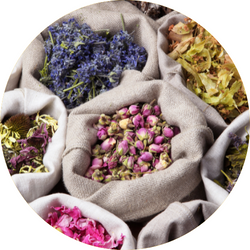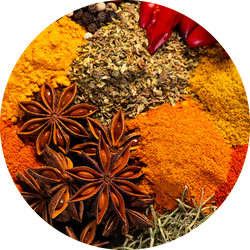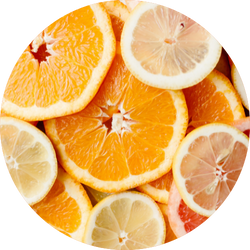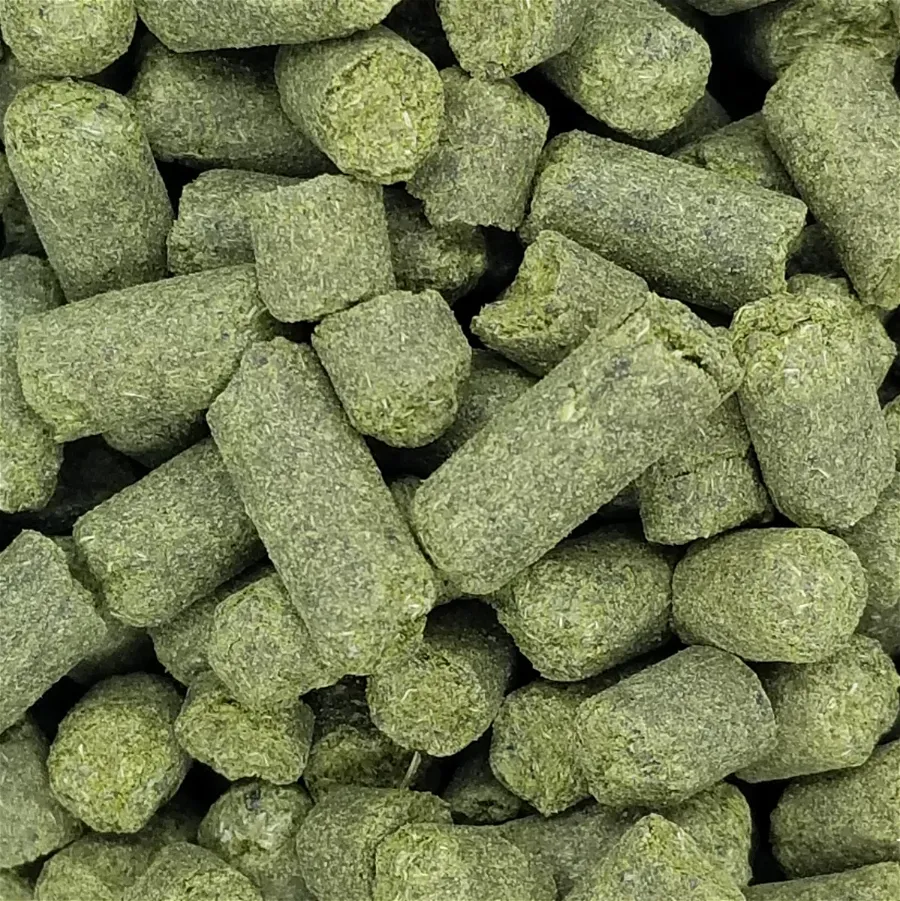
Target hops, a classic English variety, were bred at Wye College and released in 1972. They share the same parent as Challenger Hops, Northern Brewer, but offer a more assertive and powerful profile. With a robust citrus aroma and a note of fresh sage, Target hops have been rediscovered by American craft brewers for use in big IPAs and West Coast IPAs.
The flavor profile of Target hops includes sage, citrus, and a spicy undertone, making them well-suited for assertive IPAs, Pale Ales, and NEIPAs. They are also commonly used as a bittering hop, delivering sharp and strong bitterness. Target hops can be substituted with Northern Brewer, Perle, or Challenger.
Five beer styles that benefit from Target hops include IPAs, Pale Ales, NEIPAs, English Bitters, and Belgian styles.
| Usage: | Dual-Purpose |
| Country of Origin: | United Kingdom |
| Hop Growers Code: | TRG 11/65/92 |
Where To Buy Target Hops
Well-suited for assertive IPAs, Pale Ales, and NEIPAs, but is also commonly used as a bittering hop.
Target Flavor And Aroma
Target is a dual-purpose hop that is often described to have the following aroma characteristics:

herbal

spicy

citrus
Target Hop Oil Breakdown
Hop oils can vary from year to year and farm to farm but based on our research, here are the typical values we have seen reported. This information comes from various hop farms, The Hop Aroma Compendium, and For The Love Of Hops.
| Alpha Acid % (AA) Alpha acids are what is isomerized when boiling to create bitterness in beer. | 8.0% – 14.0% |
| Beta Acid % Beta acids are what give hops their more aroma and flavor compounds. | 4.0% – 6.0% |
| Alpha-Beta Ratio This ratio of alpha acids to beta acids determines how quickly bitterness fades during aging. Lower ratios are common for aromatic varieties. | 1:1 – 3:1 |
| Co-Humulone as a % of Alpha Higher numbers are said to impart a harsher bitterness. | 30% – 40% |
| Total Oils (mL/100g) With more total oils, typically comes a more complex hop profile but these are highly volatile compounds. | 1.0mL – 2.0mL |
| Myrcene green, resinous | 40% – 50% |
| Humulene woody, piney | 10% – 20% |
| Caryophyllene woody | 0% – 1% |
| Farnesene floral | 0% – 1% |
| Other Oils: Includes beta-ionine, beta-pinene, limonene, linalool, geranoil & selinene | 11% – 30% |
| Hop Storage Index (HSI) The HSI indicates the percent of alpha and beta acids lost after 6 months of storage at room temperature (68°F or 20°C). | Retains 45%-55% alpha acid after 6 months storage at 20ºC (68ºF). |
| Hop Storage Index (HSI) Rating | Poor |
Target Hop Substitutions
Replacing one hop for another is seldom straightforward but sometimes you don’t have the right hop or the right quantity of hops for the beer you want to make. For those situations, we have made a comprehensive list of hops to substitute on brew day.
These substitutions aren’t perfect as hop chemistry is pretty complex.
We wanted to make this list of substitutions with varietals that are easy to find when possible. For Target, we recommend substituting with the following hops:
Beer Styles
For the most part, any hop could have a place in just about any beer style. Based on popular beers, historical usage, and our own preferences, we would recommend using Target for IPA, New England IPA, Pale Ale, Wheat Beer, Golden Ale. That being said, experiment and see what works best for you.
References
https://www.hopslist.com/
https://www.ars.usda.gov/
https://www.brewersassociation.org/
https://www.barthhaasx.com/
https://www.yakimachief.com/
Hieronymus, Stan. For The Love of Hops. Brewers Publications, 2012
The Hop Aroma Compendium. 2012


